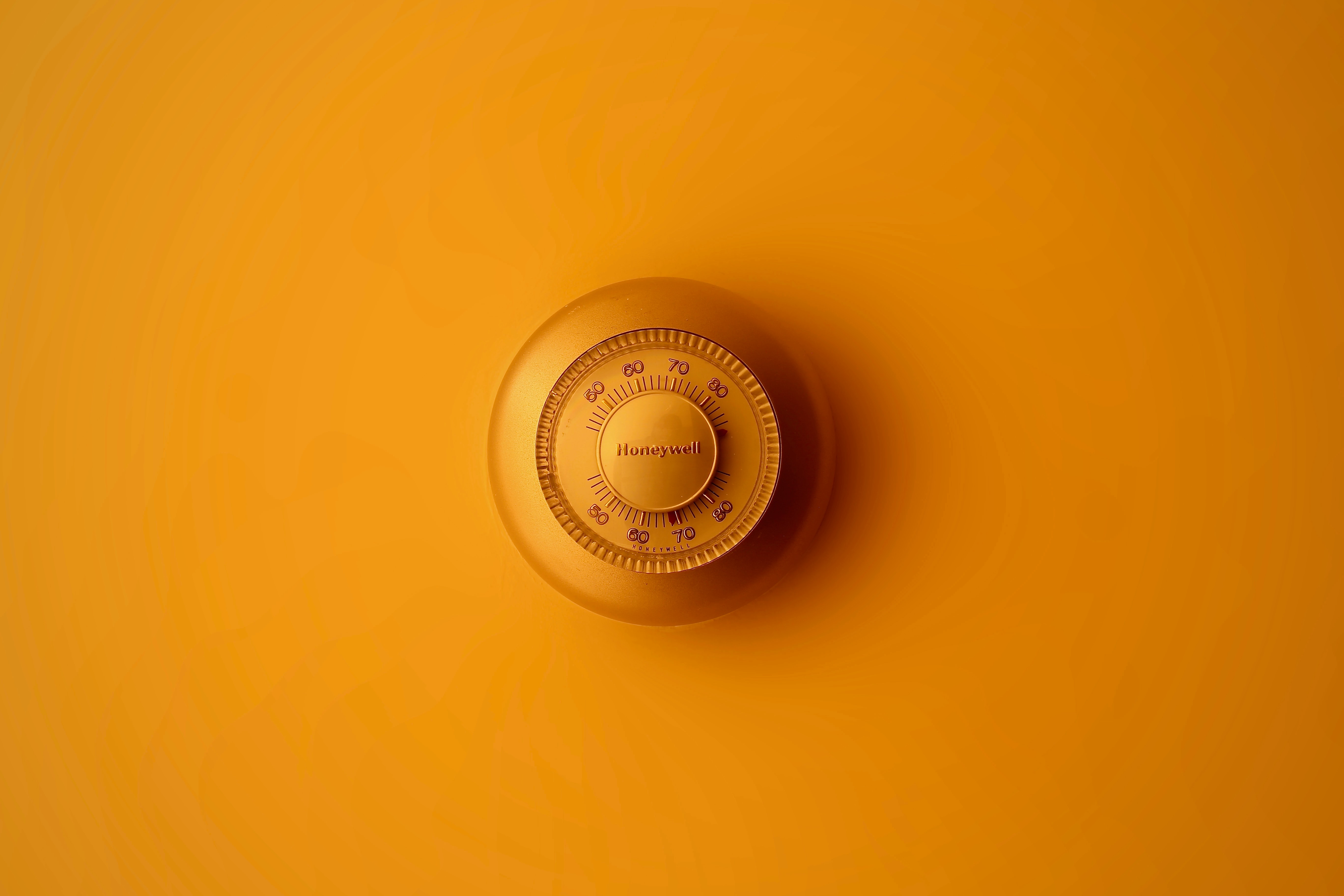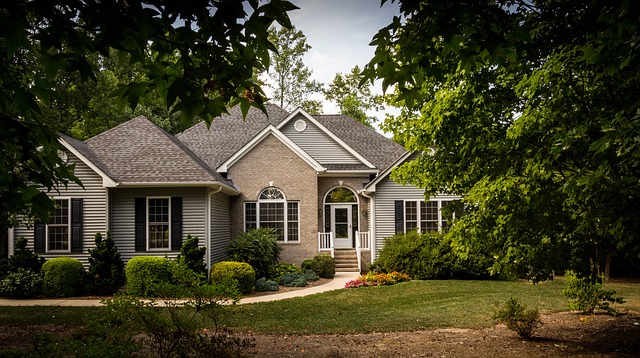Home Warranty > Home Tips For Homeowners
How To Install a Honeywell Thermostat: To Heat, Vent, and Cool Your Home

In the dead of summer and during the deep chill of winter, there’s nothing like knowing your HVAC unit is up to the task of heating and cooling your home when you need it to most.
Home ventilation is especially important in the prevention of mold and in keeping the air inside at a comfortable temperature. If you notice your HVAC unit is lagging behind or on its last leg, an energy audit is one way to identify how well your home uses (or loses!) energy. It’s also a good way to determine if an HVAC repair is needed, or if a full replacement is necessary.
In fact, aging thermostats or broken HVAC units may be one reason to compare home warranties. A home warranty, depending on the plan, can include coverage options to replace or repair a broken home system, like the thermostat or an entire HVAC system, or an appliance, like a clothes washer or dishwasher. Depending on the home warranty plan, homeowners only pay a small service fee instead of paying for a whole new system. Throughout the contract, a home warranty can save a homeowner thousands of dollars.
What happens if it’s time to replace your current thermostat? Nowadays, thermostats, like those from Honeywell, that heat, vent, and cool your home—and are covered in home warranty options that include whole home system coverage—are coming equipped with added convenience, programmable displays, and significant advances in technology. Smart thermostats also now connect to Wi-Fi.
Here’s a how-to guide on dismantling an old thermostat and installing a Honeywell Smart Color Touchscreen Programmable Thermostat in its place:
- Switch OFF power to your heating/cooling system. Find the breaker box in your home or garage and switch off the power to your heating/cooling system. Look for a system switch and move it into the OFF position to protect your new Honeywell thermostat equipment.
- Confirm power is OFF. Your power is OFF when your system does not turn ON. Try turning on the heating/cooling equipment or adjusting the temperature to see if the equipment will turn on. Ensure that the thermostat is indeed OFF.
- Remove the old thermostat and faceplate. Take off the faceplate of the thermostat and leave the wires connected. Take a picture of the wire connections as a reference. Use supplied sticky tags to label each wire as you disconnect it. Do not label thermostat wires by color. Wrap the wires around a spare pencil to prevent them from falling back and disappearing into the wall.
- Mount the new wallplate and thermostat. Use the screws and anchors to mount the new wallplate. Next, connect the wires. Refer to the Honeywell User Manual that corresponds with your make and model. Note: the wires for your thermostat application can vary and the Thermostat Wiring Capability guide is useful. After wires are installed, align the thermostat with the wallplate. Need a hand? A simple tip during installation is to slide the wire into place using a pen tip.
- Switch heating/cooling system ON. At the breaker box, switch the power switch back ON for the heating/cooling system.
- Select and complete setup. Setup happens before you connect your Honeywell thermostat to your Wi-Fi. Select your preferred language and choose if this is a thermostat for home or business. Follow the prompts on the screen and select what your thermostat will control, system type, and complete thermostat setup.
- Connect to Wi-Fi. When prompted, select “Yes” to connect to the wireless network. An “I’ll Do It Later” prompt is also available. Honeywell thermostat users have an option to register their product online and create an account.
Be aware: Take caution when disposing of the old thermostat. Do not place your old thermostat in the trash, as it can contain mercury in a sealed tube. Contact the Thermostat Recycling Corporation or call 1-800-238-8192 for more information about how and where to properly dispose of old thermostats.


